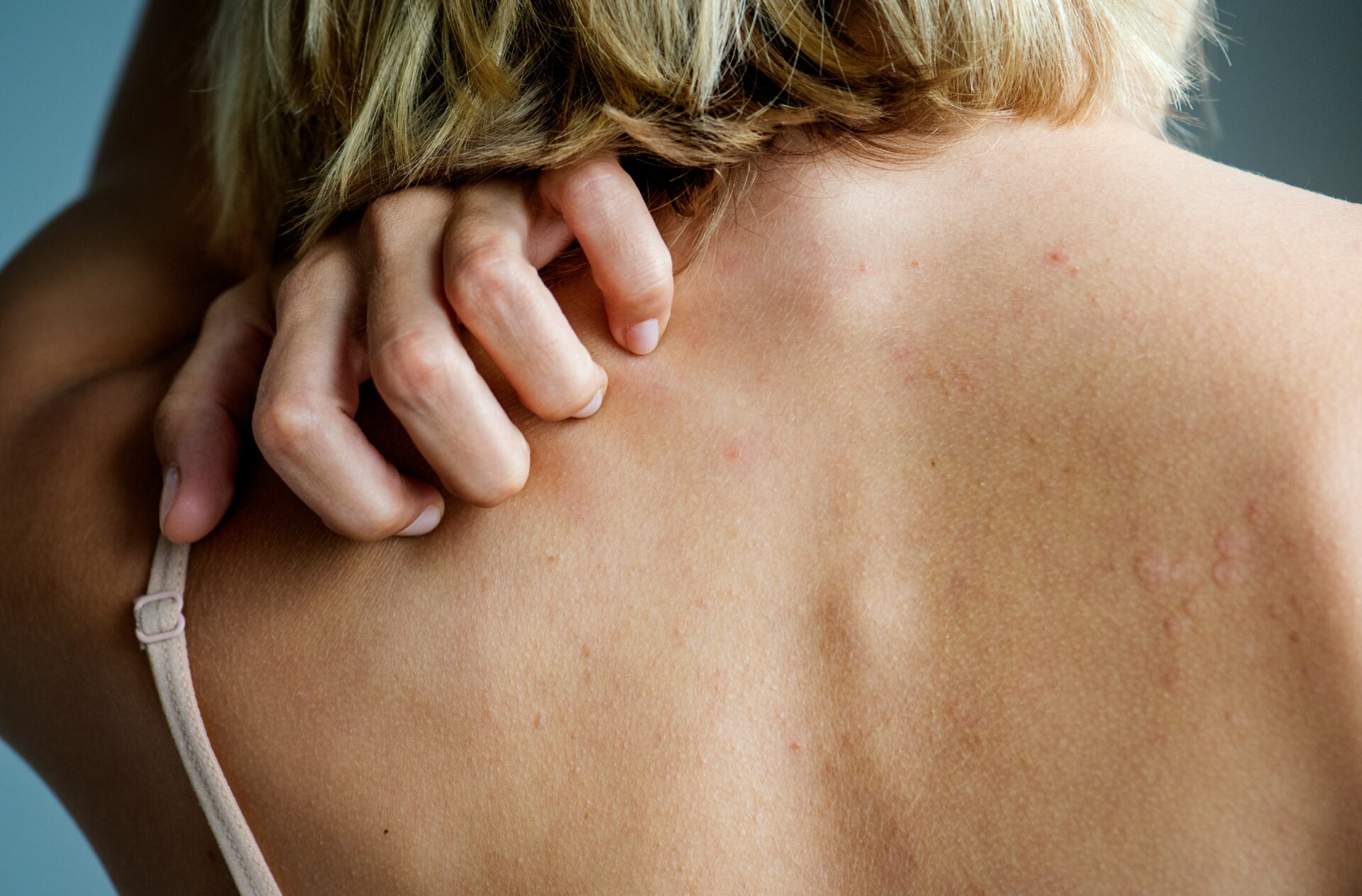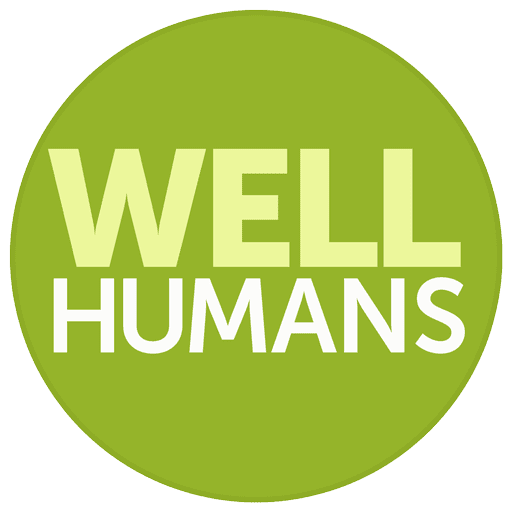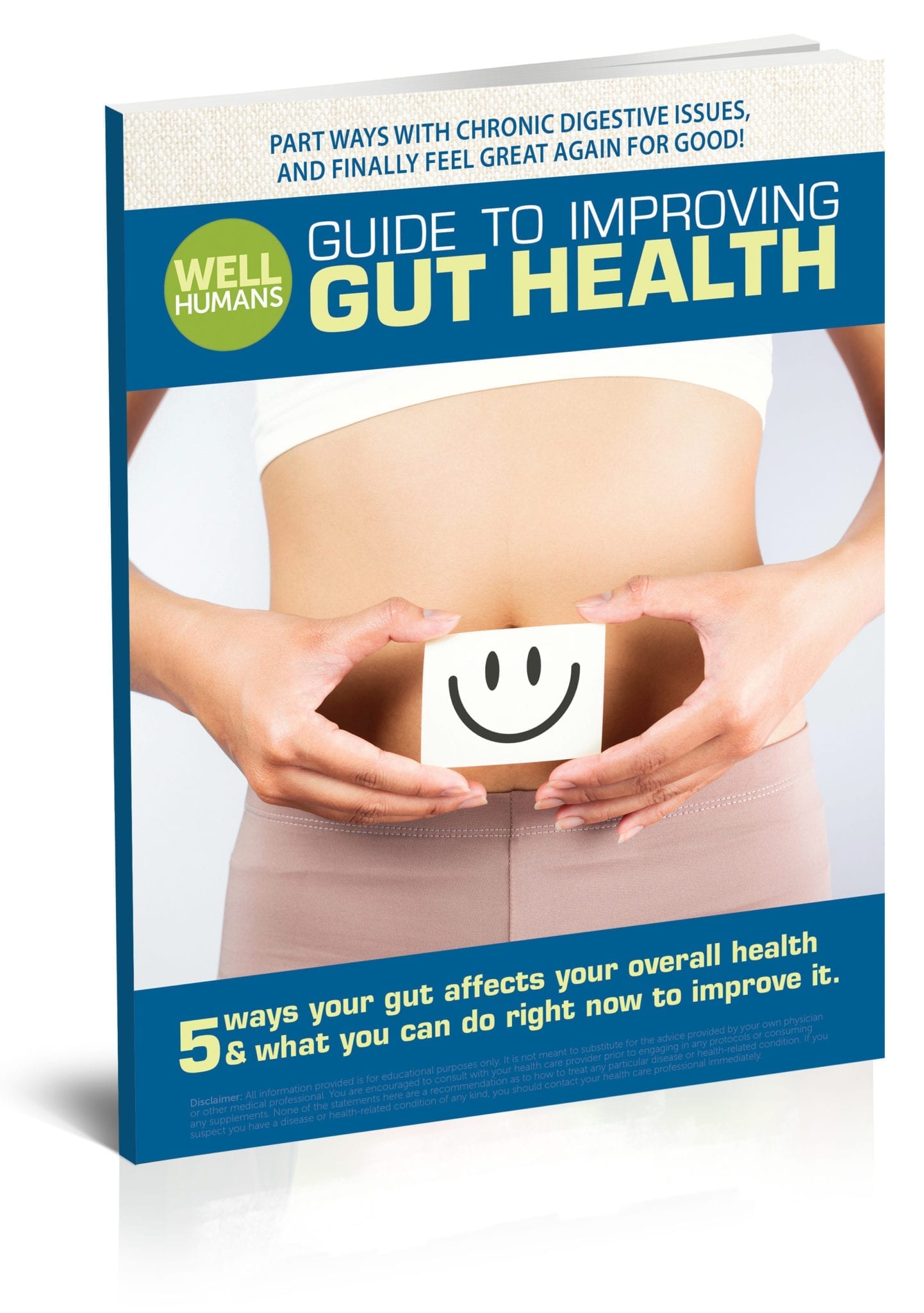 Certain gut bacteria can either produce histamine (which can worsen symptoms if you’re histamine-sensitive) or help break it down. When histamine levels get too high, especially if your body can’t clear it well, it can lead to symptoms like headaches, rashes, anxiety, gut issues, or even pseudo-allergic reactions.
Certain gut bacteria can either produce histamine (which can worsen symptoms if you’re histamine-sensitive) or help break it down. When histamine levels get too high, especially if your body can’t clear it well, it can lead to symptoms like headaches, rashes, anxiety, gut issues, or even pseudo-allergic reactions.
🦠 Histamine-Producing Gut Bacteria
These bacteria have the ability to convert histidine (an amino acid) into histamine:
❗ Can Contribute to Histamine Overload:
Morganella morganii
Klebsiella species
Proteus species
Enterobacter species
Citrobacter species
Escherichia coli (some strains)
Lactobacillus casei
Lactobacillus bulgaricus
Lactobacillus reuteri (can be helpful or problematic depending on the strain)
Some probiotics like certain strains of Lactobacillus can increase histamine, which is why they don’t work for everyone with histamine intolerance.
🧹 Histamine-Degrading Bacteria (Helpful)
These bacteria either break down histamine or don’t produce it, making them safer for histamine-sensitive folks:
✅ Can Support Histamine Balance:
Bifidobacterium infantis
Bifidobacterium longum
Bifidobacterium breve
Lactobacillus rhamnosus
Lactobacillus plantarum (some strains reduce histamine)
Lactobacillus gasseri
🧬 Key Enzyme: DAO (Diamine Oxidase)
DAO is the enzyme your body uses to break down histamine in the gut.
Low DAO activity = higher histamine symptoms.
Some gut issues (like leaky gut, inflammation, or dysbiosis) can lower DAO.
😣 Symptoms of High Histamine (esp. from the gut):
Gas, bloating, diarrhea
Skin flushing, hives, itching
Headaches or migraines
Heart palpitations, anxiety
Runny nose, sneezing (without allergies)
Period pain, fatigue
🥦 What You Can Do:
Avoid high-histamine foods (aged cheese, wine, smoked meats, fermented stuff) during flares
Try DAO supplements before meals if you’re sensitive
Pick low-histamine probiotics (like Bifido strains)
Support gut healing: reduce inflammation, eat simple whole foods, maybe rotate foods





